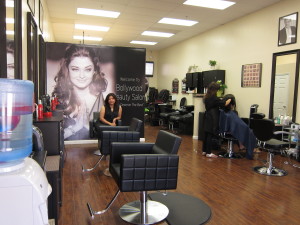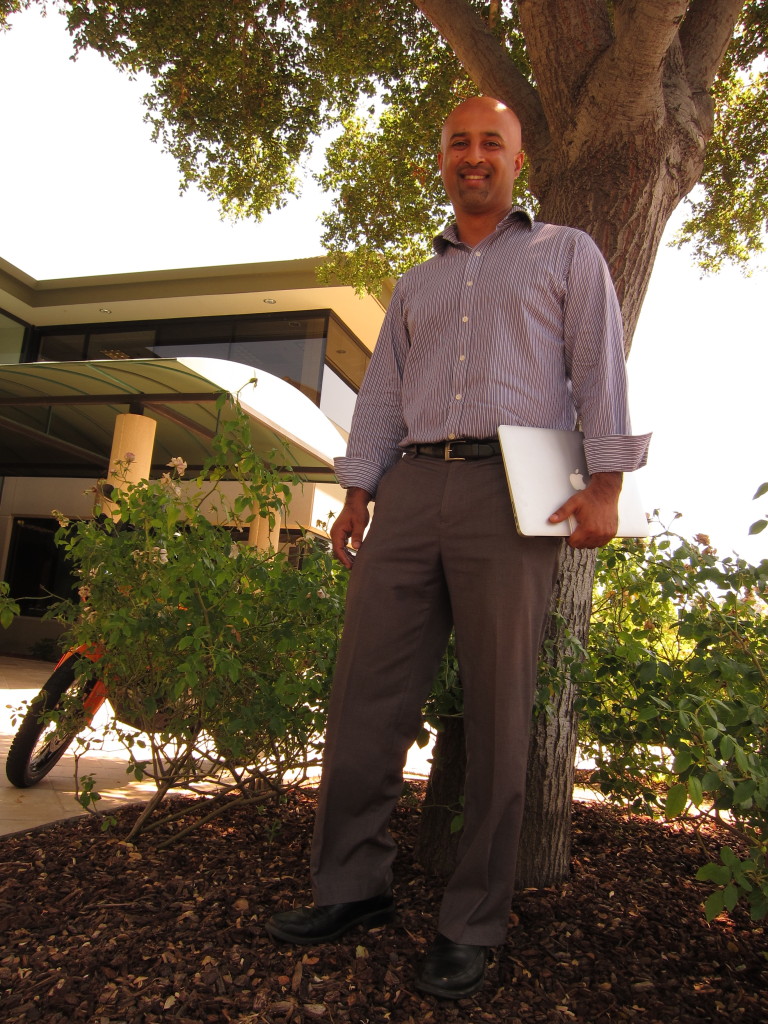
By Sharon Simonson
SUNNYVALE and MOUNTAIN VIEW, Calif. — The Silicon Valley Asian Indian population is growing faster than all other racial and ethnic groups countywide and will shortly overtake the Vietnamese as the valley’s second-largest Asian population after the Chinese, despite the Vietnamese population’s own substantial growth.
With an estimated 120,000 people, according to data from the U.S. Census Bureau, the increased Indian population is manifesting across business and social institutions in multiple valley cities. Storefronts along El Camino Real, a central Silicon Valley thoroughfare connecting multiple communities, reflect the change, with new restaurants, clothiers and grocers selling Indian foods, spices and traditional garments filling more and more spaces.
At the same time, non-Hispanic whites are leaving Santa Clara County in droves. A net of more than 115,000 people, or nearly 16 percent of the white population, left from 2000 through 2012, according to Census Bureau estimates. The Hispanic population, which is largely of Mexican heritage and can be of any race, is growing, but at 18.5 percent, the rate is slower than the Asian populations.
The Bollywood Beauty Salon on the border of Mountain View and Sunnyvale exemplifies the change. Located next to the Himalayan Kitchen restaurant serving Nepalese, Himalayan and Indian food, the two-month-old shop is the creation of Nilufa Chaudhary. A Nepalese born in India who came to the United States with her husband and children not quite five years ago, the 38-year-old Chaudhary says her products and services cater to the Indian population. “We know the Indian hair and skin,” she said.
An enormous photo of Indian cinema actress and 1994 Miss World winner Aishwarya Rai Bachchan greets visitors to the salon. The actress’ palms and fingers are pressed together before her in a traditional prayer pose. The anjali mudra is a gesture of respect, greeting and adieu, often joined with a head bow.
Chaudhary’s six-chair salon has three private rooms for facials and waxing, three chairs for hair styling, cutting and coloring, and three chairs for facial hair threading, a practice that began in India more than 6,000 years ago. It is Chaudhary’s second location: She opened a three-chair threading-only salon on Dana Street in downtown Mountain View three years ago.
If current population growth-trends maintain, Indians will replace the Chinese in less than a decade as the valley’s largest Asian subgroup. That is despite 33 percent growth in the Chinese population in Santa Clara County to 153,620 people from 2000 to 2012. The Vietnamese population grew 22 percent in the same time to 122,340 people; the Filipino population expanded 18 percent to 89,640 people.
Besides the Bollywood salon, the city of Sunnyvale has issued new business permits in the last year to the Kashish Salon for a Wolfe Road location to match one in Santa Clara; “kashish” means “attraction” in Hindi; to Dehli Chaat, a mobile food-truck operator out of San Jose; a “chaat” is a snack; to Madura Indian Cuisine, which promises to bring “ethnic flavors of (the ancient city of) Madurai to the SF Bay Area;” to Sangeetha Restaurant, offering “simple, sustainable, South Indian” food, according to its website; to New India Fresh grocery store, which sits next to a Michaels craft store on El Camino; to Madhuban Indian Cuisine on Lawrence Expressway; and to Shalimar Restaurant, offering “authentic mughlai cuisine,” characteristic of North India.
She travels to India to buy products as well as importing them, Chaudhary said, and lives in Sunnyvale where her children attend school. “There are so many Indians in Sunnyvale, a lot of Indian grocery stores and restaurants. The services are here, and it feels like India and at home,” she said.

Nowhere in Silicon Valley has the increased Indian presence and the demographic shifts been more pronounced than Cupertino. The Indian population has nearly tripled in a dozen years to more than 12,500 at the end of 2012, growing from less than 10 percent of Cupertino residents to more than 21 percent. While the Chinese remain the city’s largest Asian population with nearly 17,000 residents, the number of Chinese residents grew only 29 percent in the last 12 years.
Nearly 60 percent of Asians living in Silicon Valley have immigrated to the United States from another country, according to the census.
Cupertino’s famous schools attracted the Indian population. As the town’s home and property prices have risen, demand has overflowed to areas of Sunnyvale served by the Cupertino school district and beyond, said Ashwin Veeravalli, a 39-year-old agent at Alain Pinel Realtors in Los Gatos.
The Indian population is attracted to central Silicon Valley cities including Sunnyvale and Santa Clara because public schools are good, the communities are stable, and the towns’ locations mean bearable commutes to a mother lode of jobs at established technology companies from Mountain View to Santa Clara, Veeravalli said.
A native of rural India, Veeravalli came to the United States as a teenager after being recruited by a private East Coast high school for his tennis skills. He wound up playing college tennis at the University of Texas at Austin then spent two decades as a consultant and information technology entrepreneur. Besides India and Silicon Valley, he has lived in South Africa, Botswana, the Arab Emirates, Scandinavia as well as Austin, Texas, the Washington, D.C., metropolis, and Kansas.
Those global experiences, including speaking multiple languages, mesh smoothly with the increasingly international population coming to Silicon Valley for its jobs. “I feel like I can connect with a lot of people; no matter where they are from, I have been there or somewhere close,” he said.
The Indian population more than doubled in Palo Alto and nearly doubled in Fremont, San Jose, Santa Clara and Sunnyvale from 2000 through 2012, census data show. The largest numeric increases were in San Jose and Fremont, both up by nearly 20,000 people, and Sunnyvale, up by not quite 9,000 people.
(Photos by Sharon Simonson)